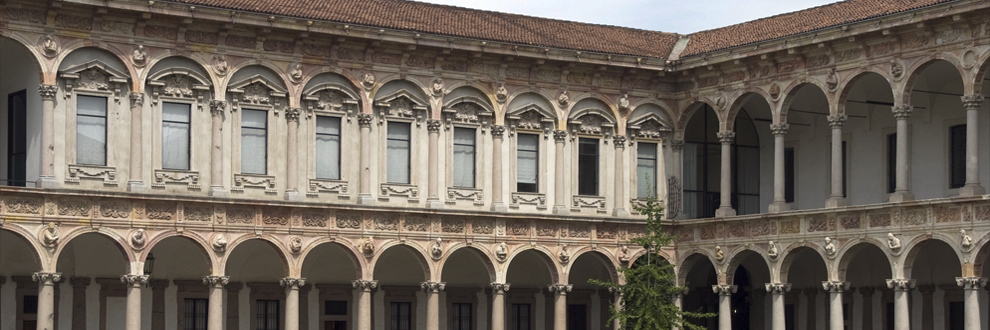
From etiology to therapeutics of the Lou Gehrig’s disease
23 February 2016
h. 12.30
BS Room
Via Celoria 26
Nikolay V. Dokholyan
Department of Biochemistry and Biophysics,
University of North Carolina at Chapel Hill, NC, USA
Mutation of the ubiquitous cytosolic enzyme Cu/Zn superoxide dismutase (SOD1) is associated with a subset of cases of familial ALS (FALS) through destabilization of SOD1, leading to misfolding and aggregation. The sporadic nature of most ALS cases and the late onset of symptoms, even for patients expressing disease-linked mutant proteins throughout life, suggest a potentially significant role of environmental factor(s) in ALS etiology. We have previously determined that SOD1 from human tissue is extensively post-translationally modified, with the most prevalent modifications being glutathionylation at Cys-111 and phosphorylation at Thr-2. We found that glutathionylation significantly destabilizes SOD1WT dimers, increasing the equilibrium dissociation constant approximately 1,000-fold, such that its stability is comparable to the A4V FALS-causative mutation. SOD1A4V is destabilized by glutathionylation even further. We show that glutathionylation has distinct effects on different ALS-linked SOD1 mutants, which correspond to changes in composition of the dimer interface. Glutathionylation also stabilizes an intermediate misfolded species in which the β-barrel core of each monomer is “loosened”. We demonstrate the formation of soluble oligomers at the early stages of SOD1 aggregation. These oligomers feature an epitope specific to disease-relevant misfolded SOD1, which is recognized by the C4F6 antibody (a marker of toxic species). We employ computational structural modeling combined and a broad range of biophysical and biochemical experiments to determine the structure of these oligomers. To validate their structures, we perform computational redesign of their interfaces in order to stabilize them. Stabilizing mutants, when transfected into motorneuron-like cells, aggressively promote cell death further suggesting the toxicity induced by these oligomers. These findings suggest that soluble non-native SOD1 oligomers, rather than native-like dimers or monomers, share structural similarity to pathogenic misfolded species found in ALS patients and therefore represent cytotoxic agents and therapeutic targets in ALS.
